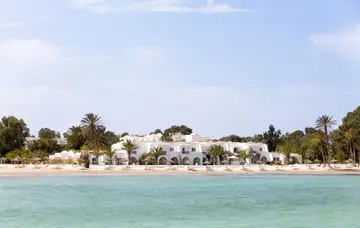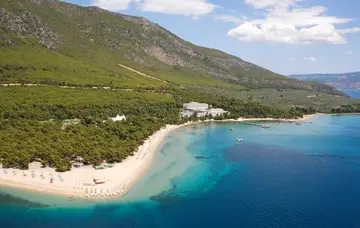Weather and Regional Differences
Greece’s climate varies widely between the north and south. Northern areas like Thessaloniki and Macedonia experience cooler winters and hotter summers compared to the milder southern islands. This difference affects your choice of activities. Spring and autumn are ideal for mainland exploration, while the islands offer perfect beach conditions during summer. Knowing when each region shines helps you plan a more comfortable and rewarding trip.
Festivals and Events Calendar
Greece’s cultural calendar is packed with unforgettable events. February’s carnivals mark the start of Lent with colourful parades, while Orthodox Easter in April or May is one of the country’s most important celebrations. In autumn, local wine festivals attract visitors to vineyard regions. December brings Christmas festivities, which transform towns and cities into lively, festive hubs full of lights, markets, and seasonal cheer.
Costs, Crowds, and Booking Tips
Peak season, June to August, means higher prices and larger crowds, particularly on popular islands like Santorini and Mykonos. Booking early is crucial if you’re travelling during summer. If you prefer quieter experiences and better value, shoulder seasons (April to early June or September to October) are ideal. During these times, you’ll often find more affordable flights, hotel deals, and fewer queues at major attractions.
Special Interests: Food, Nature, and Water Sports
Spring and autumn are best for active holidays, whether hiking through northern trails, enjoying local harvest festivals, or exploring ancient ruins without the intense heat. Foodies will love the bustling markets and harvest celebrations of autumn. Meanwhile, the summer months are perfect for water sports, sailing the Aegean, and beach-hopping between the Cycladic islands.

























